
Sports photography is arguably one of the harder types of photography to master. You’re dealing with unpredictable play, fast-moving subjects, erratic light conditions, and so much more.
In some ways, sports photography asks you to contradict common photography rules. And to become a true pro, you need to understand not just photography, but the rules of the game you’re capturing.
We know it’s not easy to become a sports action photographer. So here are 12 of the hottest tips to help you get up to speed and in the game faster.
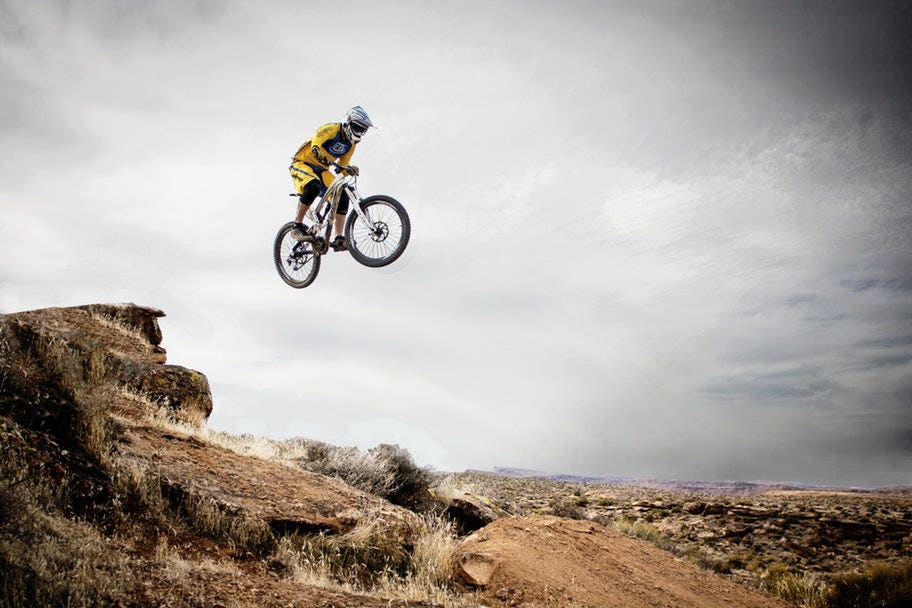
How to capture incredible sports photography
1. Separate your subject from its background
Most sports photos feature close-ups of a subject mid-action. Here, the key is to separate your subject from any other distracting elements. Most photographers do this by creating a shallow depth of field to blur the background.
It’s best to shoot sports photos in aperture priority mode to give you full control over your aperture. The wider the aperture, the more distinct your subject will become - most sports photographers favour aperture settings at around f/2.8 to f/3.5.
2. Use a fast shutter speed
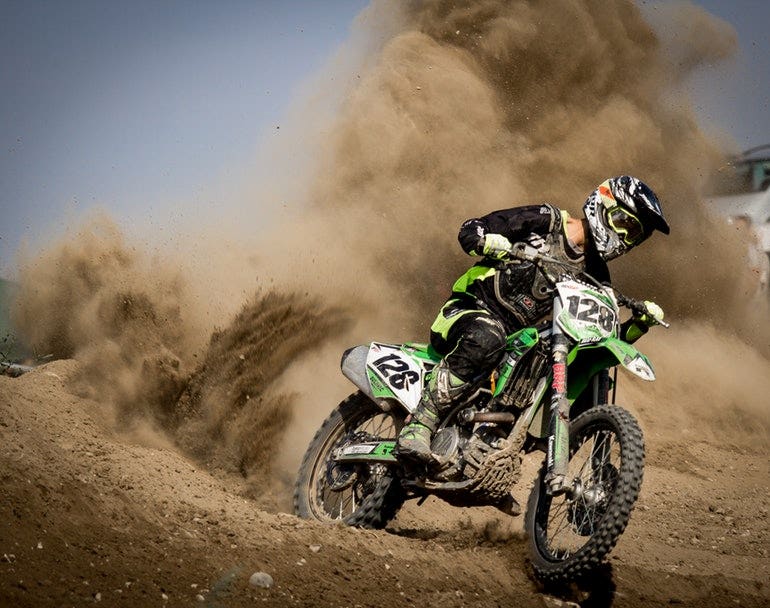
Sports photography is all about freezing the action. For this, you’ll need to use a fast shutter speed - sports photographers favour around 1/1000th of a second.
3. Use the continuous shooting mode
Freeze-framing a scene calls for a speedy shutter, but you also need to be quick on the shutter button. The continuous shooting mode helps you shoot a sequence of photos in one hit so you can select the best shots.
Most cameras have a continuous shooting mode, which will record multiple shots from a burst of action when you simply press and hold the shutter release button.
4. It’s OK to use a high ISO setting
Sports photography is all about achieving crisp, clear shots - and if that means you need to increase the ISO (especially if it’s a night event), then so be it. ISO lets you shoot at faster speeds, meaning you can capture sharp images no matter the lighting conditions.
5. Try panning a shot
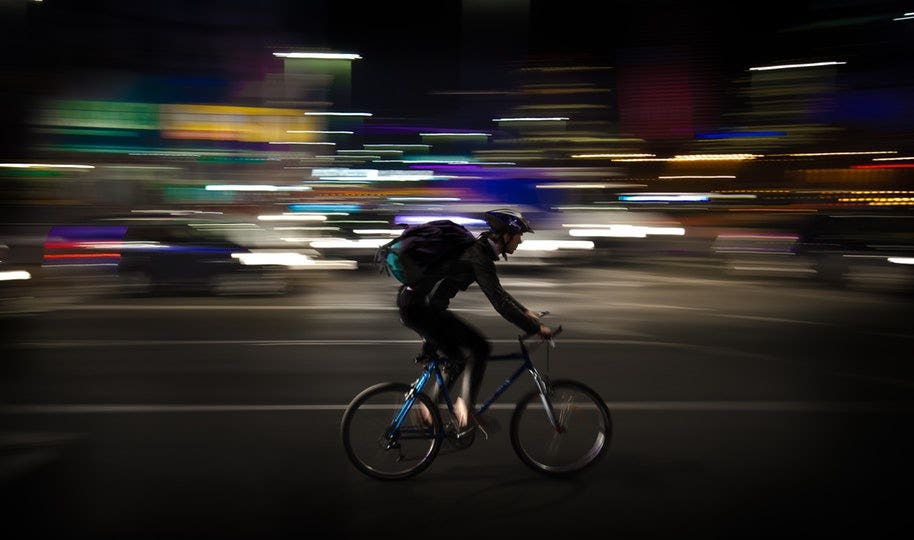
If you want to capture a subject’s movement, panning is a great way to go. The streaked background blurring represents speed and movement while eliminating distracting background elements. But since it demands a slower shutter speed, it calls for a bit of practice.
To pan, find a sturdy standing position and follow your subject while the shutter is open. Continue panning with the subject until the shutter closes. Professional photographers can pan with a shutter speed of about 1/10th of a second, but it’s better to start practising at 1/100th or 1/80th of a second.
6. Start shooting during the warmups
There are two excellent reasons to get your camera out during warmups. Firstly, it captures the tension and emotion before a sporting event begins - perfect storytelling (as you'll see in Tip 9).
Secondly, it helps you perfect your settings for the main event. You can work out colour balance and exposure while also discovering the best shooting positions.

7. Avoid chimping
A term popular among sports photographers, chimping is when you look at the LCD after taking a shot. Of course, sports photography is all about capturing the key moments, so it’s important not to take your eyes away from the action.
Even if you think you’ve captured a masterpiece, keep your eyes on the game and save time to check those shots after the action has played out.
8. Keep your back to the sun
While a bit of glare may create an artistic shot, it’s more likely to cast shadows over the players’ faces and interfere with your photography.
Find a position that ensures your back is to the sun. This means you avoid unnecessary glare while you also get great natural lighting on the players or athletes you’re photographing.
9. Look for the story
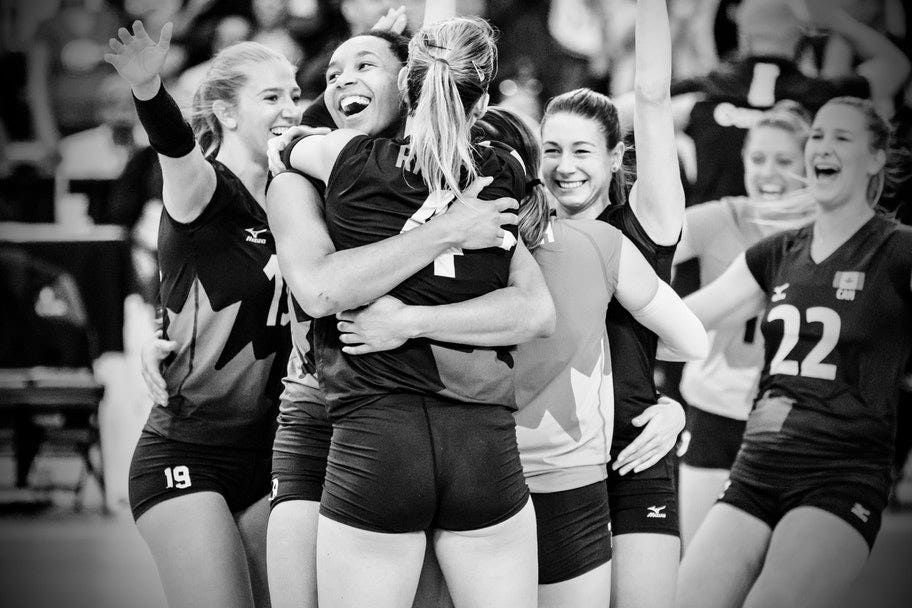
When we say “sports photography”, you’re likely to think of an image of an AFL player performing an amazing specky or a rugby player reaching out for a try.
But the story could be elsewhere - in a crowd of desperate fans or in the locker room during half time. The best sports photos are the ones that showcase the emotion of the moment, so keep your eye open for opportunities to capture the mood.
10. Don’t use flash
In many games, camera flash is strictly prohibited as it can distract players. But even if it’s not, be sure to consult with officials before activating your flash.
In any case, it’s better to up your ISO (as we mentioned in Tip 4) or to rely on natural or ambient lighting to capture your best shots.
11. Persevere!
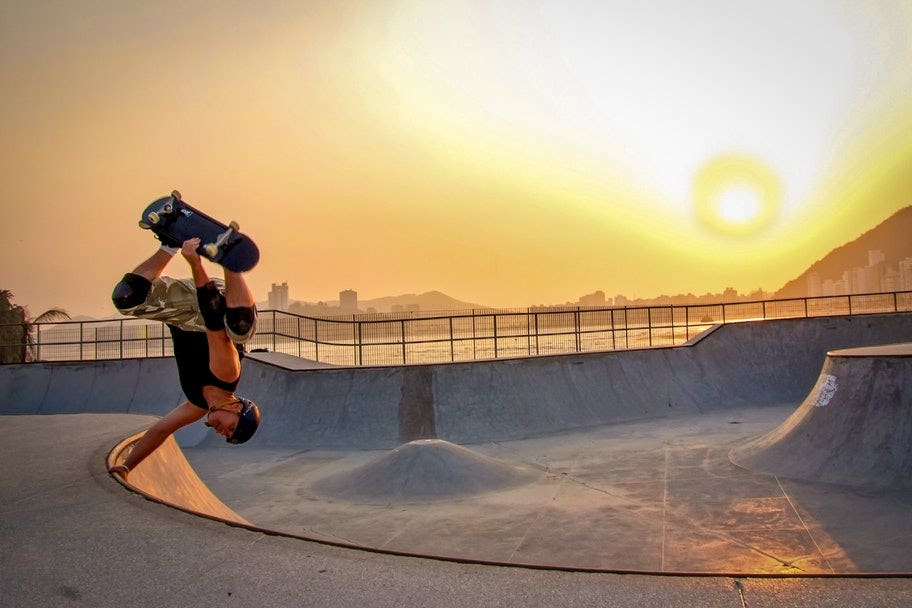
Sports photography isn’t easy. It will take a while for you to learn how to capture this unique type of photography.
Sports photography is about anticipating the action, knowing your surroundings perfectly, and understanding the best settings to respond quickly to bursts of action. Most professional photographers take around 1000 action shots during a sporting event, of which only a few might make it into their portfolio.
So the best way to improve your sports photography is to practice and take as many pictures as you can.
12. Use the tried-and-tested formula
Sports photographers swear by a four-part formula that ensures they capture amazing images. Look out for these elements when you’re photographing and browsing the results - if you achieve all four, it’s likely you’re onto a winner:
- Is the subject sharp and focussed, rather than blurry?
- Can you see the athlete’s face? Are their eyes clear?
- Have you captured a feat of athleticism or a strong emotion?
- Can you see the necessary equipment, such as a ball or a racquet?
Want more tips to improve your photography? Check out some of the other resources on the Camera House blog today.
